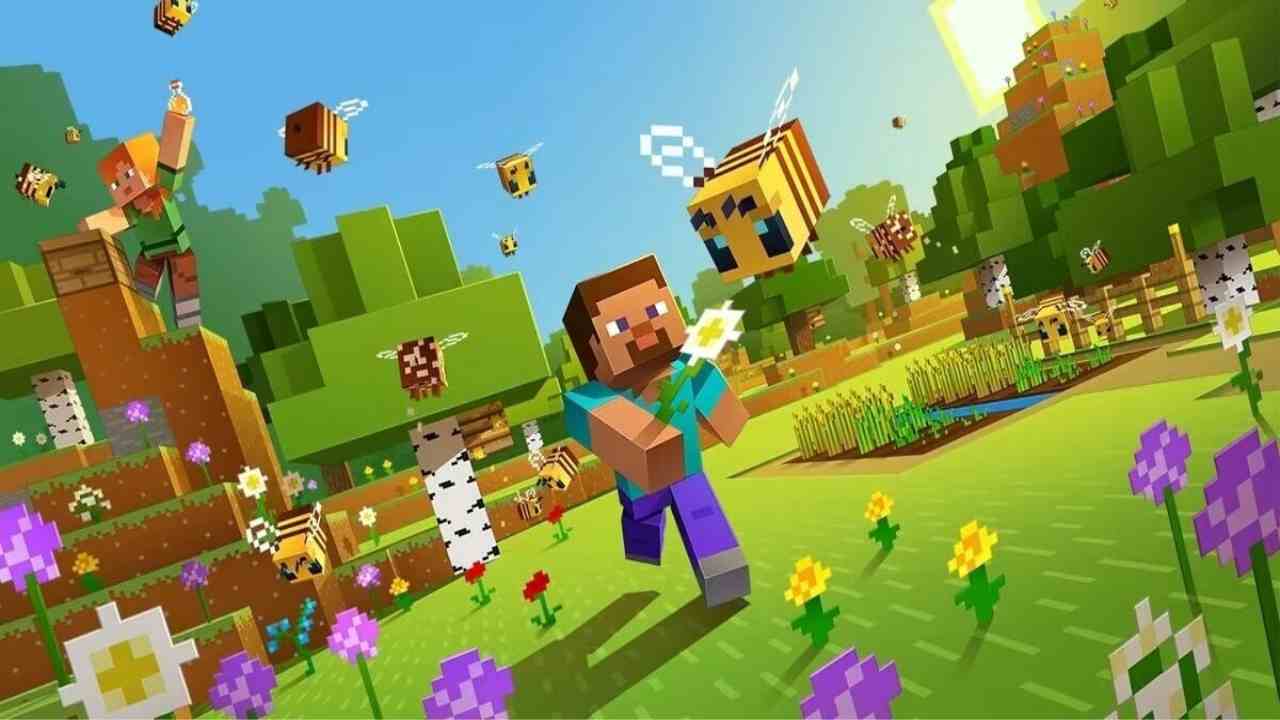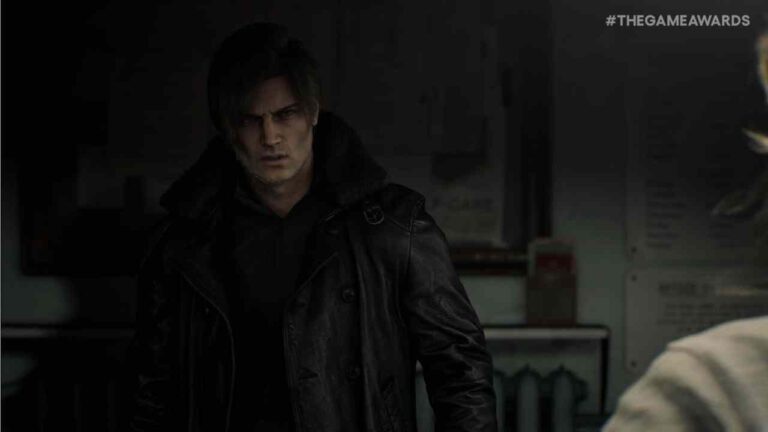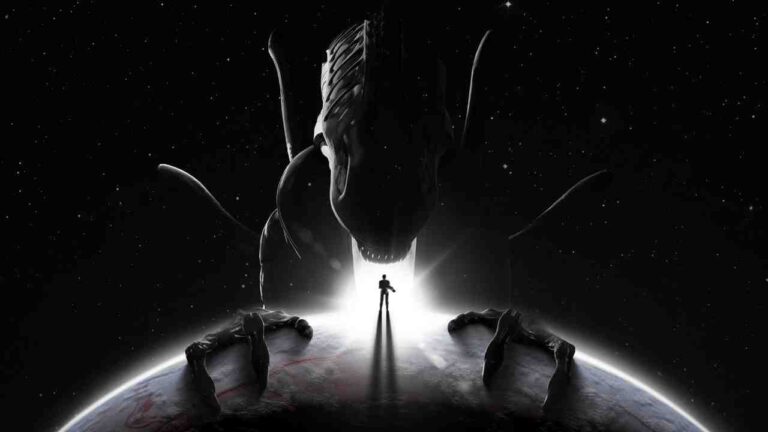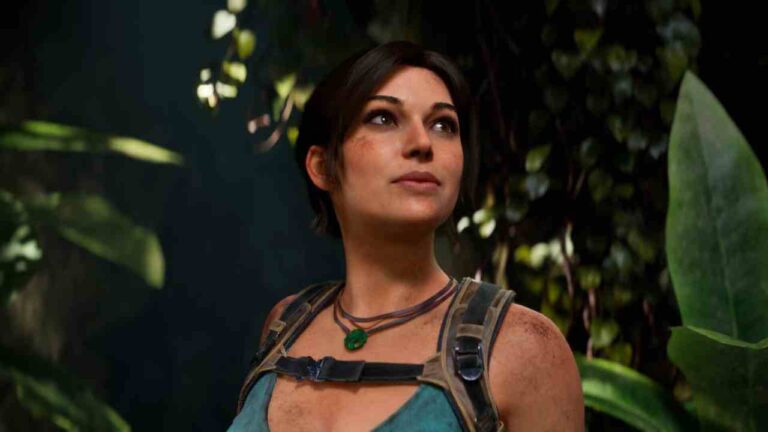When a game survives more than a decade and is still topping charts, you know it’s more than just a passing trend. That’s exactly the case with Minecraft. Since its release in 2011, Mojang’s blocky sandbox has become one of the most recognizable titles in gaming history. But here’s the question fans, parents, and even critics still ask today: why is Minecraft so popular after all these years?
At first glance, Minecraft doesn’t look like the kind of game that would break records. Its blocky graphics are simple, its mechanics are easy to pick up, and it doesn’t have the cinematic flair of modern AAA titles. Yet, those very qualities are part of its charm. What Minecraft offers isn’t just gameplay—it’s a platform for creativity, exploration, and expression. Whether you want to build a castle, survive a zombie horde, or explore endless landscapes, the game gives you the freedom to play your way.
But popularity isn’t just about what’s inside the game—it’s about the culture surrounding it. From YouTubers building insane Redstone contraptions to schools using Minecraft Education Edition in classrooms, this game has touched nearly every corner of the world. Kids love it, adults come back to it, and streamers keep it relevant with new challenges and mods.
In this article, we’ll explore the biggest reasons behind Minecraft’s enduring success—from its creative freedom to why it’s still so fun to play, why kids can’t get enough of it, and even how it compares to rivals like Roblox. Spoiler alert: there’s a lot more to this blocky masterpiece than meets the eye.
The Creative Freedom of Minecraft
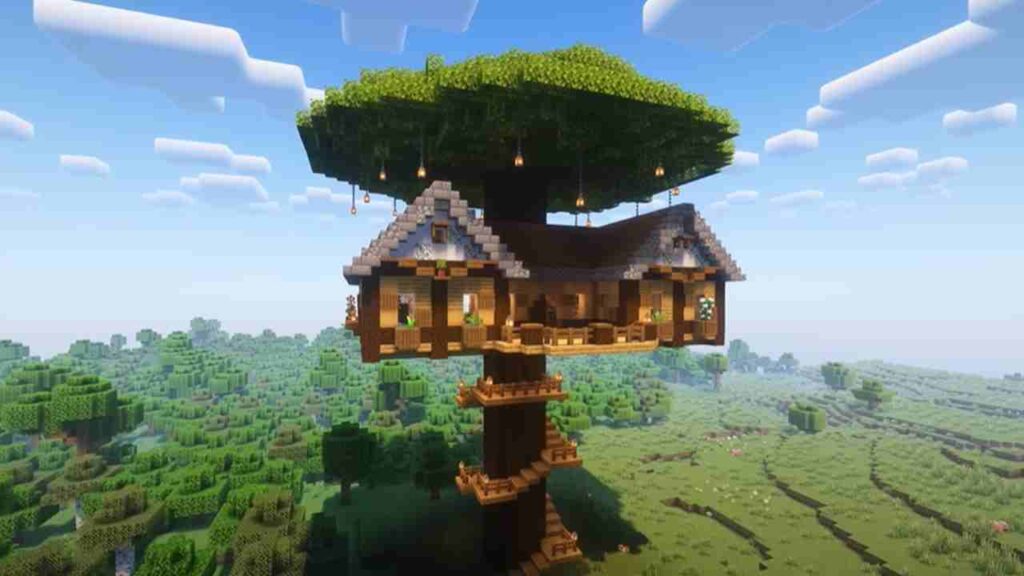
If there’s one thing that explains why Minecraft is so popular, it’s the limitless creativity it offers. Unlike most games with linear objectives or scripted campaigns, Minecraft is essentially a blank canvas made of blocks. Players can build whatever they imagine, from simple wooden huts to fully functioning cities with Redstone-powered elevators and automatic farms. It’s no wonder fans often call it “digital Lego.”
This freedom is amplified by the game’s two core modes: Survival and Creative. In Survival mode, players gather resources, fight off hostile mobs, and work to stay alive while gradually building their dream world. In Creative mode, the constraints are removed—you get unlimited blocks, no health bar, and complete freedom to design without fear of creepers ruining your masterpiece. Together, these modes appeal to two very different types of players: those who love challenge and those who love creation.
What makes this creative freedom so powerful is that it’s not just personal—it’s social. Multiplayer servers let players collaborate on massive projects, from recreating Hogwarts brick by brick to building replicas of real-life cities. Meanwhile, modders expand possibilities even further, adding new blocks, mechanics, and textures that make the game feel endlessly fresh.
👉 In short, Minecraft’s creative sandbox isn’t just a feature—it’s the foundation of its staying power. Players don’t just play Minecraft; they shape it into their own world, and that freedom is something few games can match.
Why Minecraft Is Still So Fun to Play
Plenty of games have their moment in the spotlight, but very few stay fun for more than a decade. Yet somehow, Minecraft still feels fresh even after countless playthroughs. So, why is Minecraft still so fun to play in 2025?
The first reason is simple: constant updates. Mojang continues to expand the game with massive content drops like the Caves & Cliffs, Nether Update, and Trails & Tales. Each update adds new mobs, biomes, mechanics, and building blocks that keep the world evolving. No two years of Minecraft look the same, which keeps players coming back to see what’s new.
Second, the multiplayer community is a bottomless pit of fun. From competitive minigames like Bed Wars and Hunger Games to collaborative projects on servers like Hypixel, Minecraft multiplayer is practically its own gaming ecosystem. Even when you’ve “beaten” Survival mode, hopping online with friends makes it feel brand new again.
Then there’s the modding scene. Want dragons? Done. Want a futuristic tech tree? Easy. Want to turn Minecraft into a horror survival game? The modding community has your back. These fan-made expansions give the game infinite replayability.
Finally, nostalgia plays a big role. For many, Minecraft is tied to childhood memories, but it’s also flexible enough to grow with players as they age. Whether you’re 10 or 30, there’s always something fun to discover.
👉 That combination of updates, multiplayer chaos, modding, and nostalgia makes Minecraft timelessly fun.
Read Also: 15 Best Open World Games for Xbox 360 That Still Rocks
Why Is Minecraft So Popular With Kids?
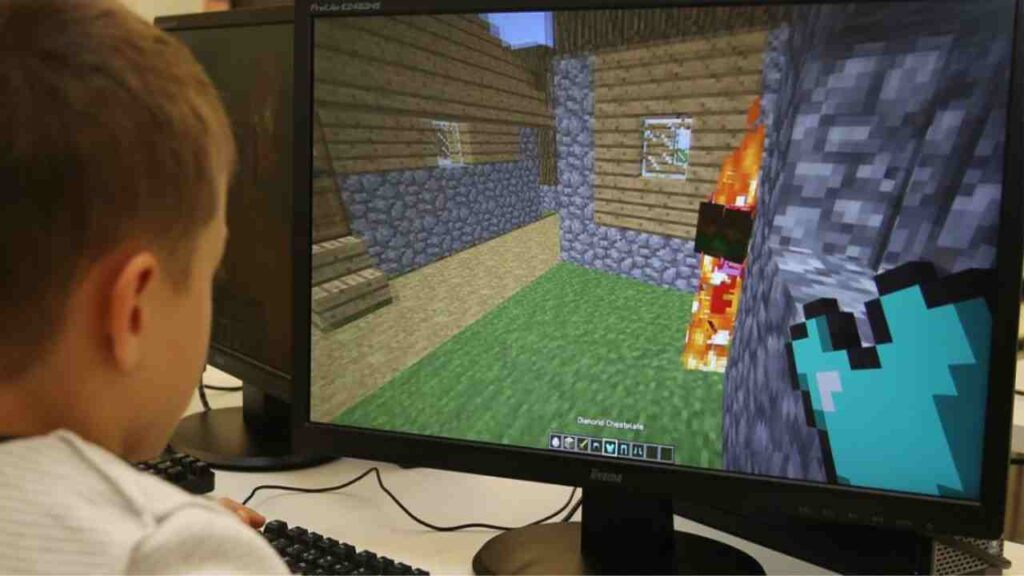
If you’ve ever seen a kid glued to a tablet or console, chances are they’re building something in Minecraft. But why is Minecraft so popular with kids, even more than a decade after launch? The answer lies in its perfect balance of simplicity, creativity, and community.
First, Minecraft is incredibly accessible. Its blocky graphics may look dated to some, but they’re bright, simple, and instantly recognizable. The controls are easy to pick up, which means even younger players can jump in without frustration. Unlike many modern games with steep learning curves, Minecraft feels inviting from the start.
Second, the game is a creativity booster. Kids aren’t just playing—they’re building worlds, solving problems, and expressing themselves. Whether they’re crafting a treehouse, engineering a Redstone rollercoaster, or teaming up with friends to create a village, the game rewards imagination instead of just reflexes.
Third, Minecraft has a safe, family-friendly vibe. Unlike shooters or overly competitive titles, Minecraft doesn’t rely on graphic violence. Parents appreciate that it encourages exploration, teamwork, and critical thinking, especially with the Education Edition being used in classrooms around the world.
Finally, kids love the social side. Multiplayer servers, YouTube creators, and streamers keep Minecraft constantly trending. From watching others build to sharing their own creations, kids feel part of a global community.
👉 Put simply, Minecraft isn’t just a game for kids—it’s a playground, a classroom, and a social hub all rolled into one.
Is Minecraft More Popular Than Roblox?
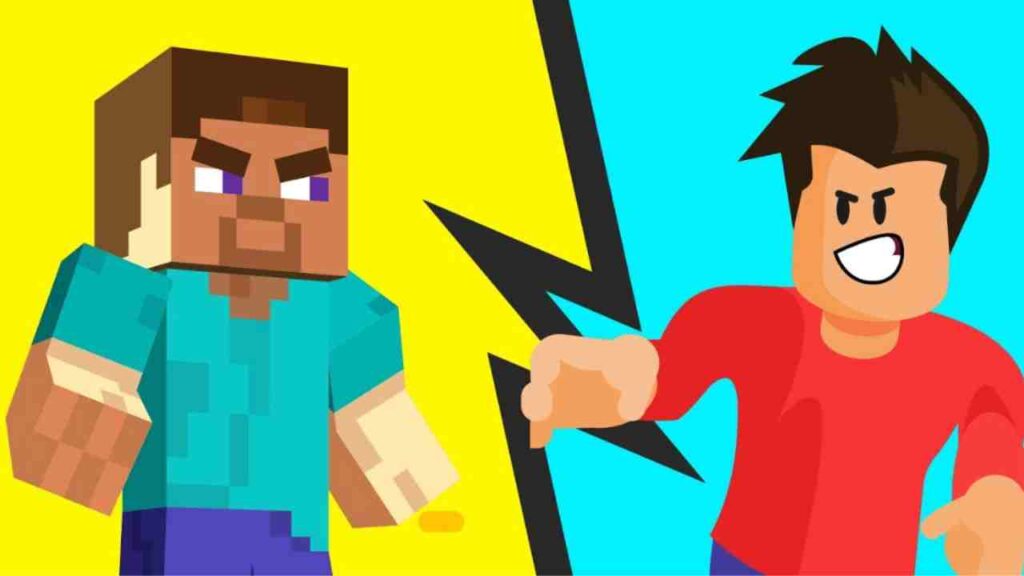
Whenever the topic of kids’ favorite games comes up, the debate always follows: is Minecraft more popular than Roblox? The answer isn’t as straightforward as you might think, because while both dominate the gaming world, they do so in very different ways.
Minecraft is primarily a sandbox survival game where players build, explore, and fight to survive. Its charm lies in its simplicity and creative freedom. On the other hand, Roblox is a platform—a hub where users create and play games made by other players. Roblox offers variety, while Minecraft offers depth.
In terms of numbers, Roblox often boasts more active daily users, especially among younger kids. Its free-to-play model makes it incredibly accessible. Minecraft, however, shines in cultural impact. It remains one of the best-selling games of all time, dominates YouTube content (from Hermitcraft to Dream SMP), and continues to have a strong modding and server community that Roblox can’t quite replicate.
Another key difference is longevity. Minecraft has been around since 2011 and is still thriving, while Roblox, though huge, is often seen as trend-driven. Many players “grow out” of Roblox, but Minecraft’s endless creativity appeals across all ages.
👉 So, is Minecraft more popular than Roblox? In raw numbers, Roblox may edge out younger players. But in terms of staying power, cultural reach, and cross-generational appeal, Minecraft still holds the crown.
Why Minecraft Isn’t Free
In a gaming world filled with free-to-play hits like Roblox and Fortnite, many newcomers still wonder: why Minecraft isn’t free even after all these years. The answer comes down to its business model, value, and long-term sustainability.
Unlike Roblox, which is free to download but thrives on in-game purchases, Minecraft has always followed a one-time purchase model. You pay once, and you get the full experience. There are no hidden paywalls locking content, and every major update—from the Nether overhaul to the Trails & Tales expansion—comes included at no extra cost. In other words, Minecraft keeps giving without asking for more from your wallet.
Another reason it isn’t free is perceived value. By charging for the base game, Mojang ensures players take it seriously. Free games often struggle with spam accounts, bots, and hackers. With Minecraft, the paywall creates a filter that maintains a healthier community and stable servers.
Finally, there’s the modding and content ecosystem. Because players already invest in the game upfront, they’re more willing to support creators through mod packs, custom servers, and marketplace content. This system wouldn’t work nearly as well if the game were free.
👉 So while Minecraft isn’t free, that hasn’t hurt its popularity at all. In fact, the one-time purchase model is one of the reasons it’s lasted so long without drowning players in microtransactions.
Read Also: All Romance Options in Assassin’s Creed Shadows With Full Guide
Minecraft’s Cultural Impact and Legacy
It’s one thing for a game to be popular, but it’s another to become a cultural touchstone. Minecraft has done exactly that, leaving a legacy that goes far beyond just gaming. In fact, its cultural footprint is a huge part of why Minecraft is so popular even today.
On platforms like YouTube and Twitch, Minecraft has been a juggernaut for over a decade. From PewDiePie’s legendary playthroughs to the rise of Dream SMP and Hermitcraft, it remains one of the most-watched games online. These creators don’t just play Minecraft—they turn it into ongoing stories, comedy, and even drama, keeping the game relevant for millions of fans worldwide.
The influence extends into merchandise and spin-offs. Toys, clothing, and even Lego sets based on Minecraft fly off the shelves, making the game part of kids’ daily lives even when they’re away from screens. Spin-off games like Minecraft Dungeons and Minecraft Legends prove that the brand is flexible enough to branch into new genres while still keeping its charm.
Most importantly, Minecraft has cross-generational appeal. Parents who played it in the early 2010s now introduce it to their kids. Teachers use it in classrooms through the Education Edition. It’s a rare title that belongs equally to children, teens, and adults.
👉 Few games in history have had this kind of staying power. Minecraft isn’t just a game anymore—it’s a cultural phenomenon that continues to shape how we think about creativity, play, and community.
Conclusion
So, why is Minecraft so popular even after more than a decade? The answer is that it’s more than just a game—it’s a world of endless possibilities. From its blocky beginnings in 2011 to its current status as one of the best-selling games of all time, Minecraft has thrived because it constantly evolves while staying true to its roots.
Its appeal lies in creative freedom, timeless fun, and its ability to connect generations of players. Kids love it for its accessibility and imagination, adults keep coming back for nostalgia and mods, and the community keeps it alive with servers, minigames, and streaming content. Even though it’s not free like Roblox, the one-time purchase model has only strengthened its value, giving players updates and content without nickel-and-diming them.
Most importantly, Minecraft is still fun. Whether you’re surviving your first night, building a city with friends, or exploring a new biome after a fresh update, the game continues to feel exciting. Its cultural legacy proves it’s not just another trend—it’s a phenomenon that has redefined gaming itself.
👉 Now it’s your turn: Why do you still play Minecraft? Drop your thoughts in the comments—I bet half of you will mention Creepers.
Frequently Asked Questions(FAQs) About Minecraft’s Popularity
Minecraft stays popular because it constantly updates, supports creativity, and has a strong community. It’s simple to learn but endlessly replayable.
Its easy controls, safe environment, and creative freedom make it perfect for kids. Plus, YouTube and multiplayer servers keep it fun and social.
Roblox often has more daily users, but Minecraft dominates in cultural impact, longevity, and cross-generational appeal.
Minecraft uses a one-time purchase model instead of free-to-play. This avoids excessive microtransactions and includes free updates for long-term value.
Regular updates, mods, multiplayer servers, and nostalgia all keep Minecraft exciting. Even after years, there’s always something new to discover.

